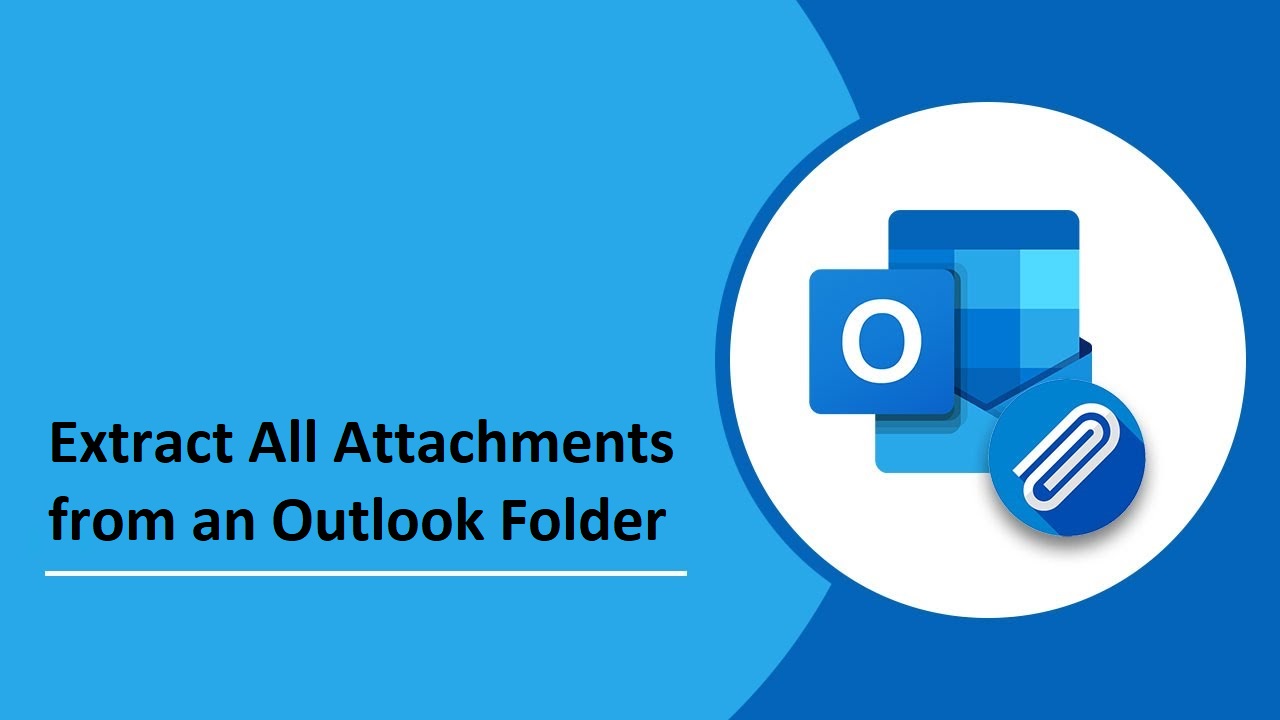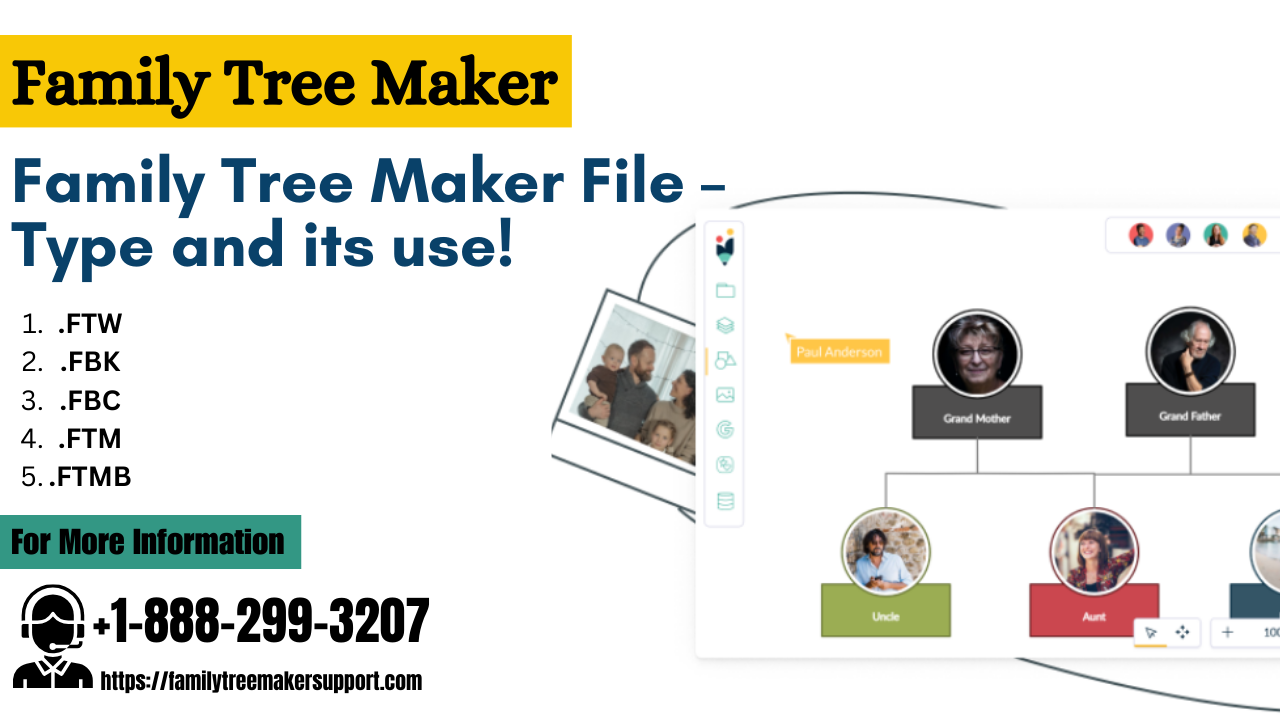We will discuss “how to extract all attachments from an Outlook folder” in this blog. With the agenda in mind, the user must be well-informed of all pertinent Outlook platform details to comprehend the issue more thoroughly. MS Outlook has unquestionably revolutionized the method of communication. Outlook is recognized for its practice of utilizing PST files as a backup format for its data. However, users may occasionally desire to extract or retrieve attachment files from email messages. Attachments are typically the source of the sizable Outlook data file. An augmentation in file size has the potential to result in system corruption, in addition to file corruption.
Users search for the following related terms to provide additional context: “Outlook download all attachments,” “Outlook attachment extractor,” “extract attachments from Outlook,” “Pst attachment extractor,” “export all attachments from Outlook,” as well as “how to extract all attachments from Outlook.” As we move forward, we will look at how to remove all of the attachments from Outlook.
Method 1, Consolidate all Attachments into a Single Email Message.
• Select an email address in which to store all file attachments.
• Click on one of the attachments contained within that specific email message.
• Select the Save All Attachments option from the Actions menu on the Attachment pane.
• Press OK after saving the attachments to a specified file or folder.
Method 2 – Outlook VBA Attachments Extracted
• Together, press “Alt key + F11” to launch the VBA Editor.
Navigate to the “File” menu in the VBA Editor and select “Import File” followed by “Import the downloaded file.”
• After clicking Save, the VBA Macro window should be closed.
Note: Enable all macros in Microsoft Outlook at this time.
• Select the email messages from which you wish to migrate the attachments.
• Press the Alt key in conjunction with the F8 key to launch a Macros pop-up window.
• Click “Run” after selecting the Execute saving option from the Macros pop-up menu.
• A dialogue box will become visible on-screen. Select a directory in which you intend to place the attachments.
Method 3: Establish a Rule to Automatically Download Attachments in Outlook
• Launch the Outlook application on your system and navigate to Rules > Manage Rules and Alerts.
• To continue, select the ‘New Rules’ tab, then click “Apply rules to the message I received” and “Next.”
• Tap “Yes” in the new pop-up window that appears. The “Run a script” option should be selected from the subsequent menu.
• It is also necessary to enter the script’s name followed by the “OK” key. Select Next to proceed.
• At this moment, the attachments will be stored in the location specified by the user.
Difficulties encountered by the user when employing the manual method:
• The user must possess the necessary technical expertise to utilize the aforementioned method to download successfully.
• The procedures are disorganized and time-consuming when it comes to obtaining each attachment.
Effective Way to Extract All Attachments from an Outlook Folder
Should users perceive the aforementioned approach as more complex and unjustifiable, they may opt for the alternative method that guarantees precise solutions and preserves data integrity during mailbox extraction. A utility of this nature is the Softaken Outlook Attachment Extractor. This software is capable of extracting all Outlook attachments automatically in a single operation. A number of the characteristics of the aforementioned utility are detailed below.
Qualities of attributes:
• Download the Outlook Attachment Extractor Software on your system.
• Select the File Mode or Folder Mode and Click on the Browse Button.
• Show the Preview of the Outlook PST file
• Go to the attachments section and filter the database to extract attachments using ‘apply filters’.
• Click on the “Browse” button to save the resultant file containing attachments.
• Finally, hit the “Process Now” button to save attachments.

Conclusion
The preceding section covered both the manual and alternative methods for mechanically extracting all attachments from the Outlook Folder. Having discussed the manual’s limitations, you must now be aware that the manual process is deficient in terms of data integrity and precise solutions. To prevent such actions, the market provides solutions developed and validated by professionals specifically designed to resolve issues with Outlook. The purpose of these solutions is to readily address the concerns of the user. I trust that you will find the aforementioned recommendation to be advantageous.







